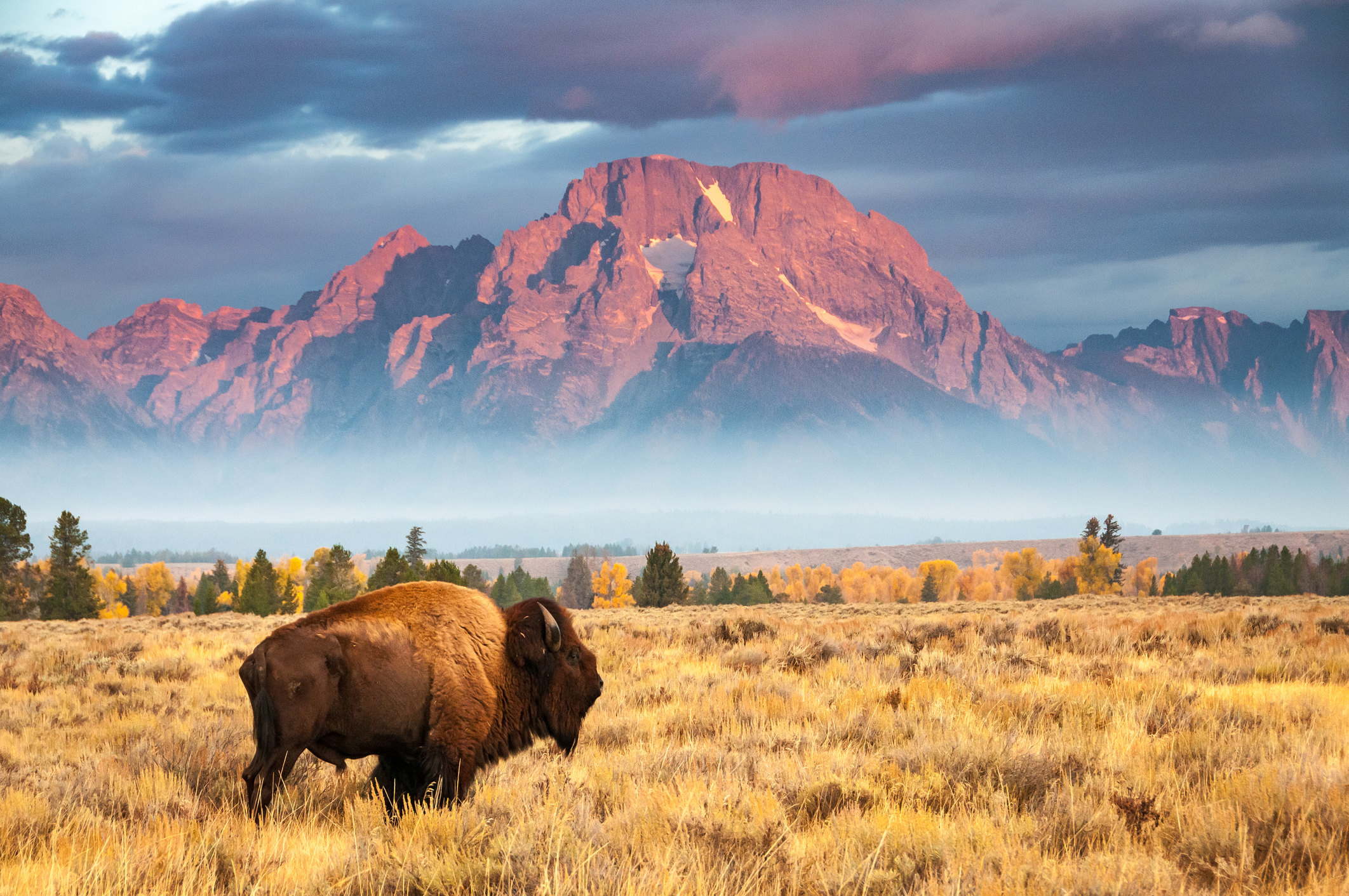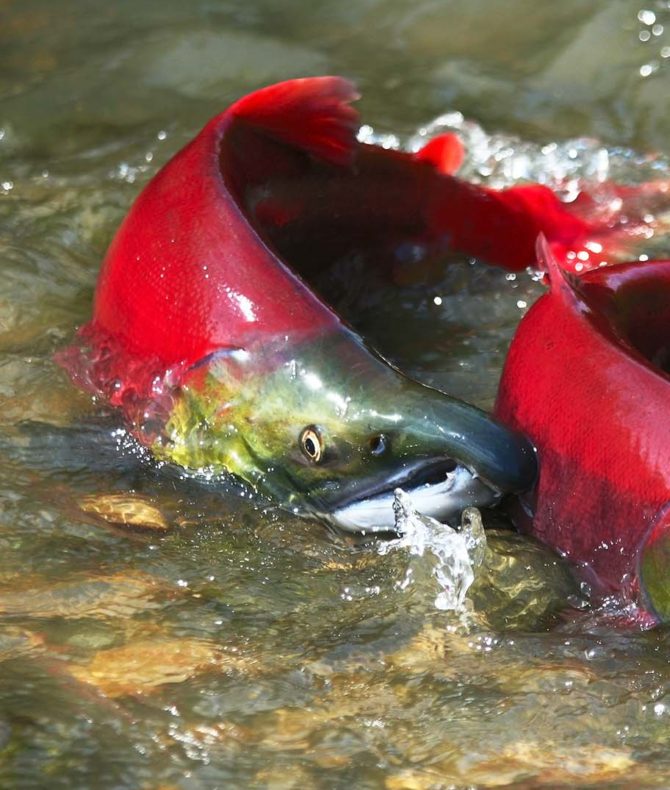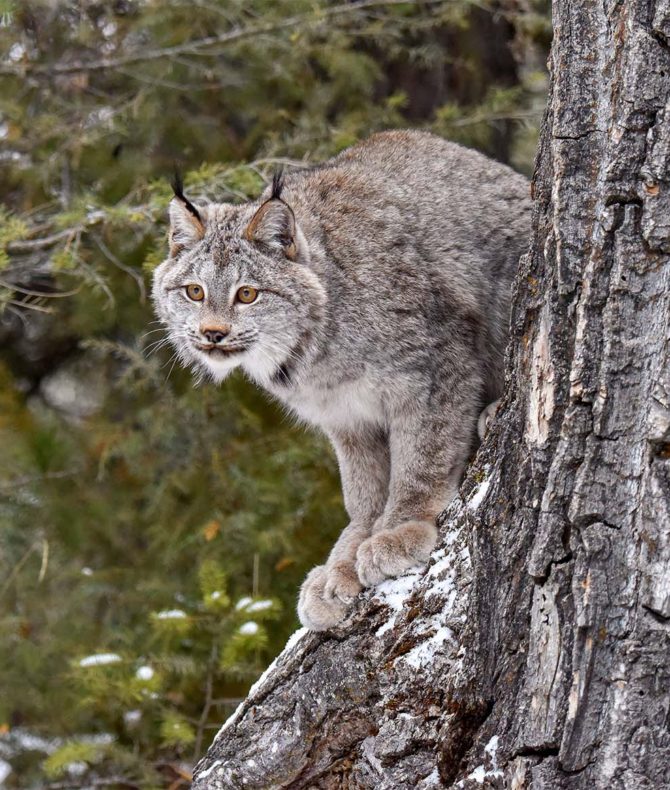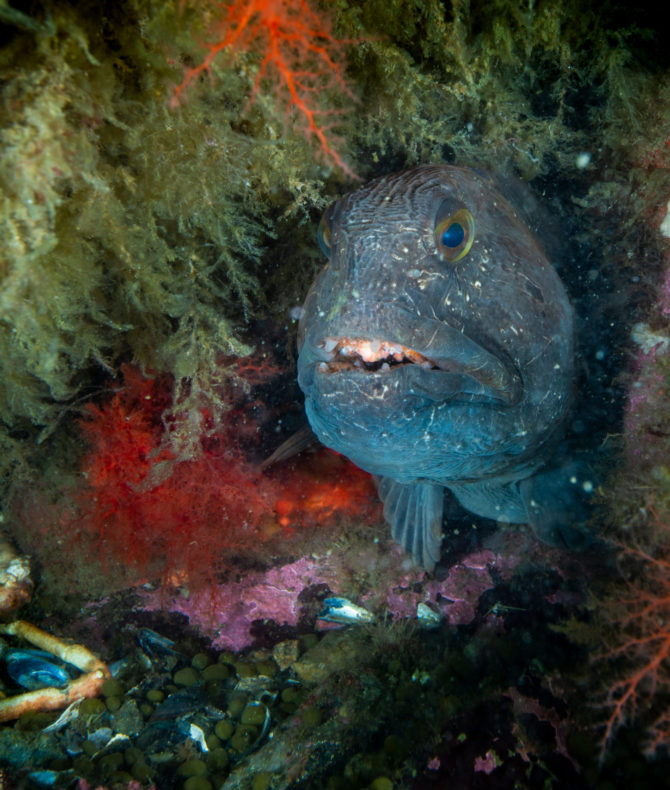About
The agriculture sector is a cornerstone of the Canadian economy, yet from bumblebees to bison, over 200 rare and threatened species (collectively called “Species at Risk”) have been identified as being negatively impacted by one or more agricultural practices across the country. Without collaborative problem solving, many of these species are at risk of extirpation or extinction, and with them follows a loss of the ecosystem services that they provide. This sector-based initiative was designed to help recover and protect Species at Risk and their habitats throughout Canada’s agricultural regions, by working directly with the agriculture sector to design effective solutions from the ground up.

Challenge
While there are many agricultural practices that can benefit wildlife, there are many others that are known to have negative impacts. Over 20 agricultural pressures have been identified that either directly or indirectly affect Species at Risk on agricultural lands across Canada, including disruptive grazing regimes, pesticide application and spills, and natural habitat conversion to crops. Developing effective solutions requires outside-the-box thinking and the participation and buy-in from a variety of stakeholders and rightsholder – including producers, to ensure that strategies are relevant, feasible, and impactful.
Solutions
With support from the Canadian Wildlife Service, Global Conservation Solutions is leading the development of a collaborative conservation plan for the Canadian Agriculture Sector involving more than 20 different partner organizations, including NGOs, crop and livestock associations, local farmers and ranchers, provincial and federal government agencies, and indigenous groups. By applying the Conservation Standards framework across a series of professionally facilitated workshops, the planning team is gaining a shared understanding of the current health of Canada’s eight agricultural regions from the perspective of Species at Risk, while also developing a set of effective strategies to achieve a collective vision of a vibrant and resilient agriculture sector that supports thriving wildlife populations.
Results
While the project is still in its early stages, the team is making great progress in building a shared understanding of the current situation, as well as brainstorming various strategies that can be implemented across Canada to assist with Species at Risk recovery in agricultural regions. Over the coming months, we will continue to identify effective solutions that benefit both wildlife and producers, and collaboratively turn those solutions into a roadmap to success.



